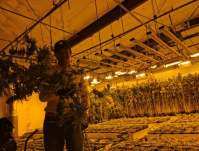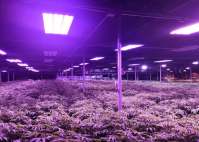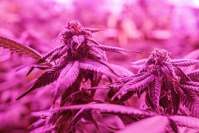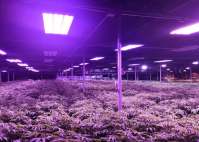All the plans of LED grow lights must be customized around plants. What kind of shape the plants need to grow into is cultivated according to the needs of people. Therefore, when looking at the ratio of red and blue beads of LED grow lights, the plant must be considered first. Growth needs and human needs.
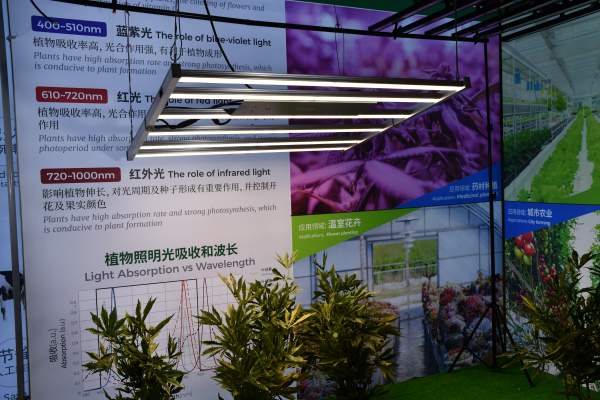
The so-called customized spectrum refers to the spectrum of LED grow lights that can achieve better growth effects by customizing plants according to the needs of different plants. Just like a color palette, adjust the ratio of various colors of light.
Life is a process of gradual growth. From infancy, early childhood, childhood, adolescence, to adulthood, and old age, the diet at each stage will have different characteristics, and the spectrum required in different growth stages is also There are differences, so you need to customize the spectrum when choosing LED grow lights.
The plant growth process generally includes seed germination, leaf development, flowering, and fruiting stages. The transition from seed to seedling to mature plant can be achieved. We can shorten the growth cycle of crops by customizing the spectrum.
When light shines on plants, the light energy is captured by the pigments in the leaf chloroplasts, which absorb most of the blue and red light. In different environments, plants have formed different adaptation strategies in the long-term adaptation and genetics. There are sun plants, shade plants and shade tolerant plants.
Different target organs have different spectra. For example, in the cultivation of leafy vegetables, what we need is leaves, while solanum fruits are for fruits. For rhizomes, we need tubers. The target organs are inconsistent. There are big differences in physiological and biological characteristics, and there may also be differences in spectra. . Depending on the purpose of the implementer, the spectrum is also different. For example, by appropriately increasing the far-red light content of LED grow lights to promote early flowering, using ultraviolet light to increase the content of secondary metabolites and so on. For example, tissue culture, cuttings, grafting, substrate culture and hydroponics and other propagation methods are quite different, which will affect the selection of the spectrum.
But from the perspective of light, whether it is the demand for plant growth or human demand for plants, the control methods include control of light quality, control of light intensity, and control of light time. Only in this way can the light intensity reach the point required by the plant, and the light time can reach a certain length of time, giving the plant a better growth state.
When LED grow lights are used to supplement light to plants, the source of most of the light for plant photosynthesis is LED grow lights. The different light qualities of LED grow lights have different physiological meanings to plants. The lamp bead chip is mainly red and blue lamp beads. The main function of red light on plants is to adjust the photoperiod of the plant. The main function of blue light is to affect the movement of leaves and plastids, and to a certain extent inhibit the flowering and fruiting of plants; full-spectrum lamp beads The main band is also the red and blue spectrum.
It can be seen from the effect of red and blue light that when choosing the ratio of red and blue LED grow lights, you must first determine what plants to plant and what growth form they achieve. For example: lettuce planting, lettuce is mainly stems and leaves, so it is necessary to choose blue light that stimulates the quality and yield of stems and leaves, then the proportion of blue light bulbs of LED grow lights can be increased appropriately; another example: tomato planting, our purpose is to eat and Large, round, healthy and green high-quality tomatoes, that is, the purpose of stimulating their flowering and fruiting during the planting process, at this time the ratio of red lamp beads for LED grow lights can be increased appropriately.
Since the main function of red light is to promote the flowering and fruiting of plants, and the main function of blue light is to promote the growth of plant stems and leaves, then we can choose monochromatic light for some plants. Wouldn’t it be better, but the photosynthesis process is extremely complicated, with light response and darkness. Each step of the reaction has the direct and indirect participation of light, and each of these steps determines the morphogenesis behind the plant.
Adding LED grow lights in a specific spectral range can adjust the physiological characteristics of crops such as nutrient enrichment and disease. In addition to being used as supplementary lighting for plant photosynthesis when the amount of sunshine is low or the sunshine time is short, it can also be used as plant induction lighting.


